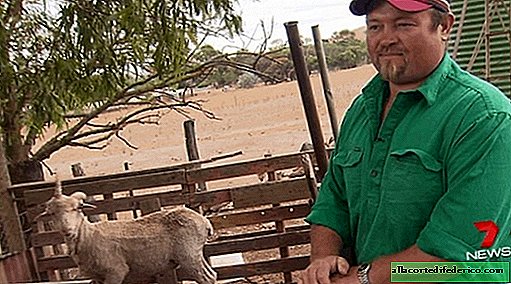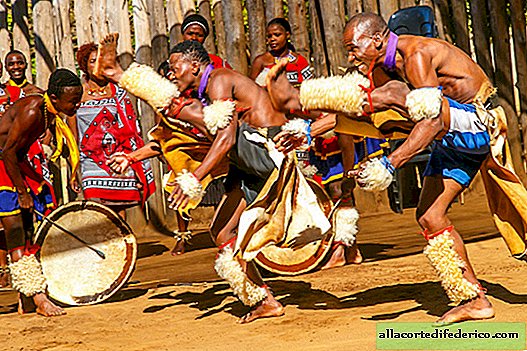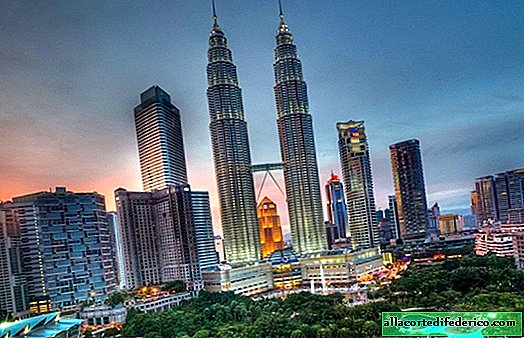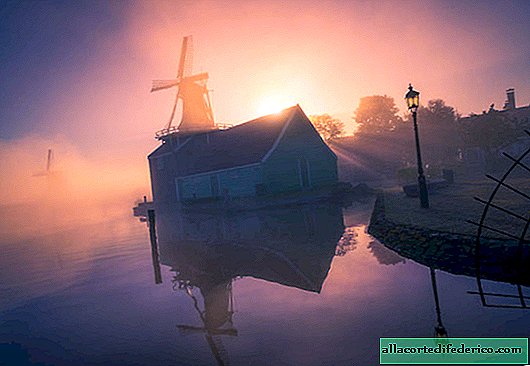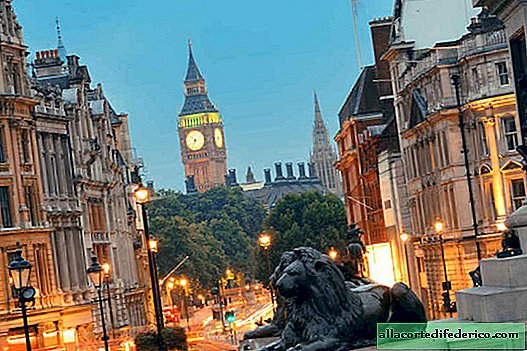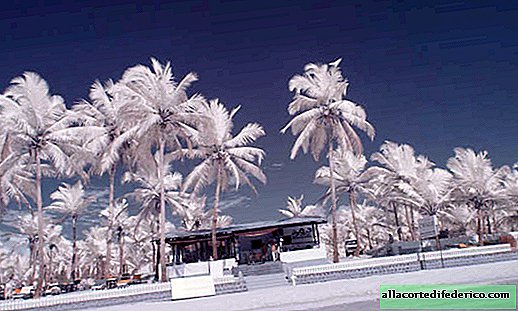Why do scientists consider red deer a dangerous species of fauna?
Once upon a time, red deer was widespread only in the Northern Hemisphere and the forest expanses of Eurasia and North America were his home. But people specifically brought this species to other regions of the planet, to South America, Australia and New Zealand. European immigrants thus hoped to "improve" the local fauna, providing themselves with meat delicacies, the receipt of which does not require special expenses. Decades later, this initiative turned into a tragedy for local ecosystems, and the red deer received a completely noble status: the International Union for Conservation of Nature (IUCN) recognized the red deer as one of the most dangerous invasive species on the planet.
 Noble deer
Noble deerEven 200-300 years ago, red deer were a fairly common species, but due to uncontrolled hunting, their numbers in most habitat regions decreased significantly. Red deer, due to the geographical isolation of individual populations, is divided into several subspecies that differ from each other in size and some external features.
Despite the fact that today, representatives of this species have been preserved mainly only in sparsely populated regions and protected natural areas, the future of red deer does not cause concern for biologists. Experts are more worried by the fact that the red deer themselves have become a threat to other species of deer and even entire ecosystems, although this happened solely through the fault of people.
South America
 Southand deer
Southand deerIt was on the territory of this continent that the introduction of red deer led to the most dire consequences. They were settled throughout the territories of Argentina and Chile and, as a result of successful adaptation, quickly settled on new lands. They can be found not only in national parks, but also in the wild, where they significantly crowded out their American relatives - South Andean deer. This species is endemic to a small region — a narrow strip of mountainous landscape in the Andes, mainly in the range of 2000-5000 meters above sea level. The red deer competing with him for food resources influenced the reduction in the number of South Andean deer, of which there were not so many. Today, the abundance of this rare species is estimated by scientists in the range of 1000-1500 individuals.
New Zealand
 Red deer in New Zealand
Red deer in New ZealandRed deer came to New Zealand along with other animal migrants from Europe. Boars, various representatives of the deer family, including several subspecies of red deer, began to be imported to the islands of New Zealand since the middle of the year before last. The Europeans who moved to a new place of residence did not have enough hunting, but there were no large ungulates in the new colony. The introduced deer perfectly took root in favorable conditions and quickly multiplied, becoming one of the most common species in New Zealand. Trophy deer hunting, which is organized by several companies for tourists, is very popular here. But the abundance of red deer has become a real disaster for the natural ecosystems of the islands. There were no New Zealand species of ungulates here and, it would seem, deer do not oppress anyone, but excessive grazing negatively affected the state of plant communities. Ecologists note that several species of local herbaceous plants are already on the verge of extinction due to the constant destruction of their deer. In addition, the destruction of the undergrowth in the local forests has led to the fact that the flightless parrot cacapo also lost its usual habitat.
Australia
In Australia, noble deer were also raised for hunting and meat. Of course, compared with rabbits, their impact on local ecosystems is not so noticeable, but its introduction did not lead to anything good.

The completely noble story of the resettlement of red deer across other continents and islands once again reminds us of how fragile the wildlife world is. The problem of excessive numbers of red deer requires an early solution, but it does not exist at the moment - the process has gone too far. The fauna of each region, whether it be a separate island, mountain range or continent, has been formed over several million years, and it can take only one century to irrevocably upset the delicate balance in this unique world.


